Dental bridges are restorative dental solutions designed to replace one or more missing teeth by anchoring an artificial tooth (or teeth) between two natural teeth or dental implants. They consist of a pontic (the artificial tooth) and crowns cemented onto the adjacent natural teeth or implants, effectively filling the gap left by the missing tooth. The impact of dental bridges on your overall oral health is significant. They help restore the function of your teeth, allowing for normal chewing and speaking. By filling the gap, bridges prevent the remaining teeth from shifting out of alignment, leading to bite problems and jaw discomfort. Additionally, they support proper bite alignment and reduce the risk of gum disease that could occur if the space left by missing teeth is left untreated. Overall, dental bridges not only enhance the aesthetics of your smile but also play a crucial role in maintaining oral health and function.
The Different Types of Dental Bridges
Traditional Bridges
Traditional bridges are the most commonly used type and are ideal for replacing one or more missing teeth in a row. They consist of a pontic (artificial tooth) anchored in place by dental crowns on the adjacent natural teeth. The primary benefit of traditional bridges is their durability and strength, as they are designed to withstand the forces of chewing and speaking. They also offer a natural appearance, blending seamlessly with the surrounding teeth. Traditional bridges are a reliable option for many patients, mainly when there are healthy adjacent teeth to support the bridge. Contact us to learn more.
Cantilever Bridges
Cantilever bridges are used when there is only one adjacent tooth or implant next to the missing tooth. Unlike traditional bridges, cantilever bridges are anchored on one side, making them more suitable for specific cases where a natural tooth or implant is available on only one side of the gap. The benefit of cantilever bridges is that they require fewer anchoring teeth, which can be advantageous if the adjacent teeth are unsuitable for crowns. However, they may be less stable compared to traditional bridges and may not be recommended for areas of high bite pressure.
Maryland Bridges
Maryland bridges, also known as resin-bonded bridges, are typically used to replace front teeth and involve a metal or porcelain framework bonded to the back of the adjacent teeth using resin. The pontic is attached to this framework. The key benefit of Maryland bridges is that they require minimal alteration of the adjacent teeth since they do not require crowns. This makes them a conservative option for tooth replacement. They benefit patients who prefer a less invasive procedure and have healthy adjacent teeth.
Implant-Supported Bridges
Implant-supported bridges are anchored to dental implants rather than natural teeth. This type of bridge is used when several teeth are missing and can provide a more stable and permanent solution than traditional or cantilever bridges. The implants serve as the foundation for the bridge, distributing the chewing forces more evenly and reducing the strain on adjacent teeth. The primary benefits of implant-supported bridges include improved stability and durability and a lower risk of adjacent teeth becoming damaged or compromised. They also offer a more natural feel and function as the implants integrate with the jawbone.
Benefits of Dental Bridges for Oral Health
- Missing teeth create gaps that can cause adjacent teeth to shift out of alignment. Dental bridges fill these gaps, helping to maintain the proper alignment of surrounding teeth and prevent bite problems.
- Missing teeth can make chewing difficult and affect speech clarity. Dental bridges restore the functionality of the teeth, allowing for normal chewing and clearer speech, which contributes to overall quality of life.
- While dental implants are more effective at preventing bone loss, dental bridges help maintain the jawbone's shape by filling the gaps left by missing teeth. This reduces the risk of jawbone deterioration over time.
- Dental bridges inLitchfield Park, AZ, improve the appearance of your smile by filling in gaps left by missing teeth. This can boost self-confidence and contribute to a more attractive smile.
- By closing the gaps left by missing teeth, dental bridges help prevent potential problems such as gum disease, which can occur when food particles and bacteria accumulate in the spaces between teeth.
- A complete set of teeth ensures proper bite alignment, reducing the risk of developing issues related to uneven wear on the remaining teeth and preventing jaw pain or discomfort.
- In many cases, especially with modern bridge types like Maryland bridges, minimal alteration of adjacent teeth is required, preserving their natural structure while providing a functional and aesthetic solution.
- Maintaining oral hygiene becomes easier with a bridge in place than dealing with larger gaps or spaces that can trap food and bacteria. Regular brushing and flossing help keep the bridge and surrounding teeth healthy.
The Dental Bridges Procedure
The dental bridge procedure begins with a thorough examination and consultation where our dentist in Litchfield Park, AZ, will assess the health of your adjacent teeth and discuss the best type of bridge for your needs. The process typically starts with preparing the supporting teeth, which involves reshaping them to accommodate the dental crowns that anchor the bridge. This is done under local anesthesia to ensure comfort. Impressions of your teeth are taken to create a custom bridge, and a temporary bridge may be placed to protect the exposed teeth and gums while the permanent bridge is being fabricated.
Once the permanent bridge is ready, a follow-up visit is scheduled to fit and cement it. During this visit, the dentist will remove the temporary bridge, place the new bridge, and make any necessary adjustments to ensure a comfortable fit and proper bite alignment. After the bridge is secured, the dentist will provide instructions on how to care for it, including oral hygiene practices and dietary recommendations to maintain its longevity. Regular check-ups will be scheduled to monitor the bridge and ensure it continues functioning properly.
Dental bridges significantly contribute to maintaining overall oral health and improving the quality of life by addressing the functional and aesthetic impacts of missing teeth. Visit Noelck and Associates at 551 E Plaza Cir, Litchfield Park, AZ 85340, or call (623) 935-1155 to schedule your consultation and find out how a custom dental bridge can help you regain confidence and functionality.
Location
551 E Plaza Cir,
Litchfield Park, AZ 85340
Office Hours
MON - THU7:00 am - 4:00 pm
FRI - FRI7:00 am - 2:00 pm
SAT - SUNClosed

